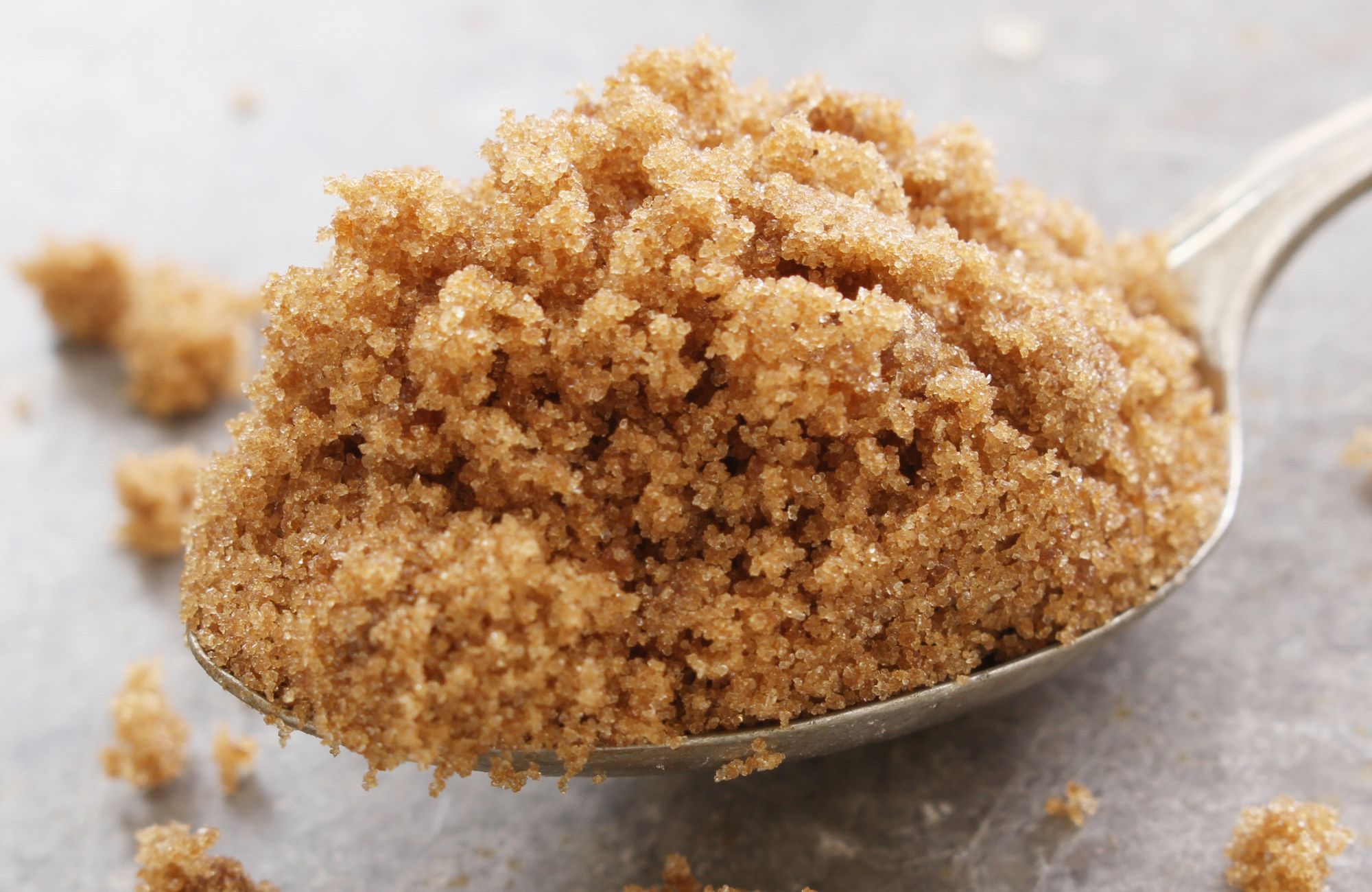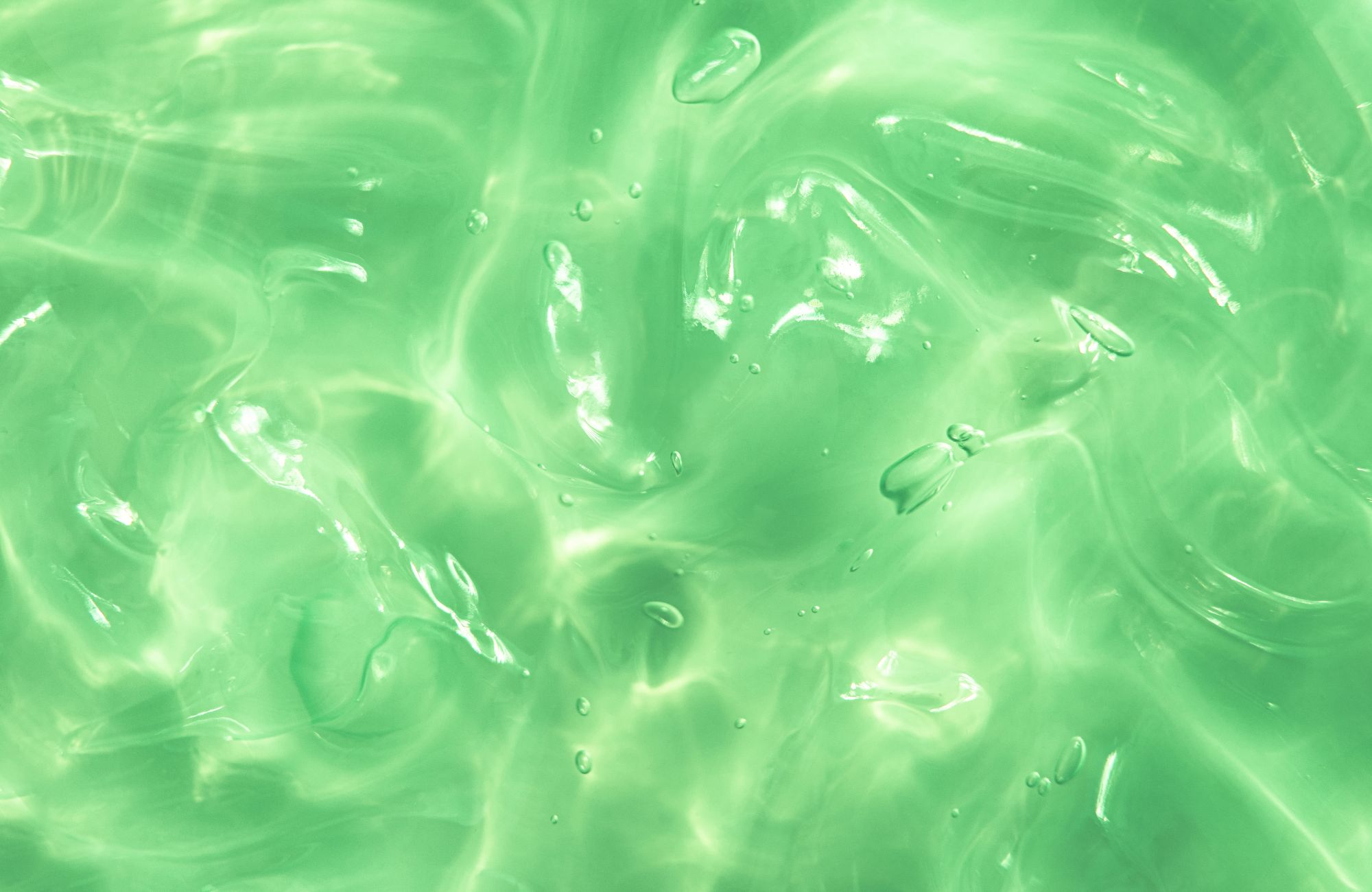
Understanding the Difference Between Light and Dark Brown Sugar
Have you ever stood in the baking aisle, staring at the different brown sugar options and wondering which one to choose? You’re not alone. The difference between light and dark brown sugar is a common source of confusion for many home bakers and cooks. While they may look similar, these two varieties of brown sugar can produce noticeably different results in your recipes.
What is Brown Sugar?
Brown sugar is simply white sugar, with molasses added back in, giving it a moist texture and rich, caramel-like flavor. Whether it’s made from sugar cane or sugar beets, this small change adds depth to both sweet and savory recipes, making it more complex than regular white sugar.
The molasses not only enhances flavor but also boosts moisture, helping to create chewy cookies, moist cakes, and flavorful sauces. Whether you’re baking or cooking, brown sugar brings a touch of warmth and richness that white sugar can’t match.
How Brown Sugar is Made
Commercial brown sugar production typically follows one of two paths:
- Partial refining: Sugar cane juice is processed to a point where some molasses remains with the sugar crystals. This method produces a more natural brown sugar.
- Re-combining method: Fully refined white sugar is mixed with molasses in controlled amounts. This is the most common commercial method today because it allows for consistent product quality.
During production, controlled amounts of molasses are blended into white sugar until each crystal is evenly coated. The more molasses added, the darker the sugar. Advanced equipment ensures consistent mixing, which is essential for bakers and manufacturers who need reliable, uniform results.
Light Brown Sugar: Characteristics and Properties
Light brown sugar, sometimes called golden brown sugar, contains approximately 3.5% molasses. This relatively modest molasses content gives it distinct characteristics:
- Color: Light brown sugar has a warm, golden-tan appearance. The color is consistent throughout when properly mixed.
- Flavor Profile: It offers a gentle caramel flavor with subtle toffee notes. The molasses taste is present but not overwhelming, allowing other flavors in your recipe to shine through.
- Texture: Light brown sugar feels moist to the touch and will hold shape when pressed. It’s slightly clumpier than white sugar but will separate easily when handled.
- Aroma: A mild, sweet scent with hints of caramel and warmth. The aroma is noticeably different from white sugar but less intense than dark brown sugar.
Light brown sugar’s balanced profile makes it exceptionally versatile. It provides just enough molasses flavor to enhance recipes without dominating more delicate flavors. This subtlety is why many bakers consider light brown sugar their go-to option for everyday baking needs.
Dark Brown Sugar: Characteristics and Properties
Dark brown sugar contains approximately twice the molasses of its lighter counterpart—around 6.5%. This higher molasses content creates several distinguishing features:
- Color: Dark brown sugar has a deep, rich brown color that’s immediately distinguishable from light brown sugar.
- Flavor Profile: It delivers a robust, more complex flavor with pronounced caramel, toffee, and almost smoky notes. The molasses flavor is unmistakable and becomes a central flavor in recipes.
- Texture: Dark brown sugar tends to be slightly moister than light brown due to its higher molasses content. The crystals may clump together more readily.
- Aroma: A strong, rich smell with prominent molasses notes that are more intense than light brown sugar.
This more assertive profile makes dark brown sugar ideal for recipes where you want a pronounced molasses flavor. It stands up well to other strong flavors like ginger, cinnamon, and coffee, creating balanced flavor profiles in complex recipes.
Key Differences: Light vs. Dark Brown Sugar
Understanding the precise differences between these two sweeteners helps you make informed choices in your cooking:
| Characteristic | Light Brown Sugar | Dark Brown Sugar |
|---|---|---|
| Molasses Content | Approximately 3.5% | Approximately 6.5% |
| Color | Golden-tan | Deep brown |
| Flavor Intensity | Mild caramel notes | Strong molasses, toffee-like taste |
| Moisture Content | Moist | Slightly moister |
| Best Used In | Versatile, all-purpose | Recipes needing stronger flavor |
| Acidity | Slightly acidic | More acidic |
| Effect on Baking | Subtle flavor, good rise | More pronounced flavor, denser texture |
Beyond these obvious differences, there are some subtle variations worth noting:
- Baking Chemistry Effects: The increased acidity in dark brown sugar can react more strongly with baking soda, potentially affecting the rise in baked goods. This chemical reaction produces carbon dioxide, creating lift in your recipes.
- Caramelization: Dark brown sugar caramelizes at a slightly lower temperature than light brown sugar, which can affect browning in certain recipes.
- Dissolution Rate: Light brown sugar typically dissolves more quickly in liquids than dark brown sugar.
These differences might seem small, but they can notably impact the final product in recipes where brown sugar plays a central role.
When to Use Light Brown Sugar
Light brown sugar is ideal for recipes that need sweetness and moisture with a mild molasses touch. It creates chewy textures in cookies, adds gentle richness to cakes, and blends smoothly into glazes and sauces without overpowering other flavors.
It’s especially useful in chocolate chip cookies, yellow cakes, fruit crisps, and light caramel sauces—bringing just enough depth to enhance the dish without stealing the spotlight. That’s why many bakers reach for light brown sugar when they want dependable flavor, moisture, and versatility in everyday baking.
When to Use Dark Brown Sugar
Dark brown sugar brings bold, rich flavor to recipes, making it the go-to choice when you want the molasses to shine. Its deep, toffee-like taste pairs perfectly with warm spices in gingerbread, spice cakes, and molasses cookies, and it adds intensity to desserts like pecan pie and sticky toffee pudding.
It also works well in savory dishes—enhancing barbecue sauces, baked beans, and marinades with complexity and depth. Often called for in holiday baking, dark brown sugar delivers warmth and richness that stand up to strong flavors, making it a favorite when you want the sugar to play a starring role.
Can You Swap One for the Other?
Light and dark brown sugar can usually be swapped in recipes, but there are a few things to keep in mind. Dark brown sugar has a stronger molasses flavor, darker color, and slightly higher acidity, which can affect texture and taste—especially in delicate recipes or those using larger amounts.
If substituting light for dark, you can add ½ teaspoon of molasses per cup to boost flavor. If using dark in place of light, consider reducing the amount slightly to avoid overpowering the dish. Most recipes are flexible enough for these swaps, with only subtle differences in the final result.
Conclusion
Knowing the difference between light and dark brown sugar can help you choose the best option for your cooking and baking. Light brown sugar adds gentle sweetness and moisture, while dark brown sugar brings a deeper, richer flavor. Both are great in different recipes, and with a few small adjustments, they can even be swapped when needed.
At US Sweeteners, we offer top-quality light and dark brown sugars, along with a full range of sweeteners to fit every need. Whether you’re baking at home or for a business, you can count on our products to deliver great results. Contact us to learn more about our products.
FAQs
Can you substitute light brown sugar for dark brown sugar?
Yes, you can usually substitute light brown sugar for dark brown sugar (and vice versa) in most recipes. Light brown sugar contains less molasses, so the flavor will be milder and the color lighter. For recipes where a stronger molasses flavor is key, consider adding about ½ teaspoon of molasses per cup when substituting light for dark.
What is dark brown sugar used for?
Dark brown sugar is great for bold-flavored recipes like gingerbread, spice cakes, baked beans, barbecue sauces, and molasses cookies. It adds depth and richness, much like raw sugar, but with more moisture and a stronger molasses taste.
Is light or dark brown sugar better for banana bread?
Light brown sugar is usually preferred for banana bread because it adds moisture and a subtle caramel note that complements the banana flavor. It also gives the bread a golden hue that many food stylists favor for its warm, appealing look.
Is light brown sugar healthy?
Light brown sugar is not significantly healthier than white granulated sugar as it contains only about 3.5% molasses, which adds minimal nutritional value. While it contains trace amounts of minerals from the molasses content, these amounts are too small to provide meaningful nutritional benefits, and they should still be consumed in moderation as part of a balanced diet.
Can I make brown sugar at home?
Yes! You can easily make brown sugar at home by mixing molasses with white granulated sugar. For best results, blend them using a food processor to ensure even distribution and proper texture. This DIY method is especially handy when you run out of brown sugar but have the basic ingredients on hand.



Leave a Reply